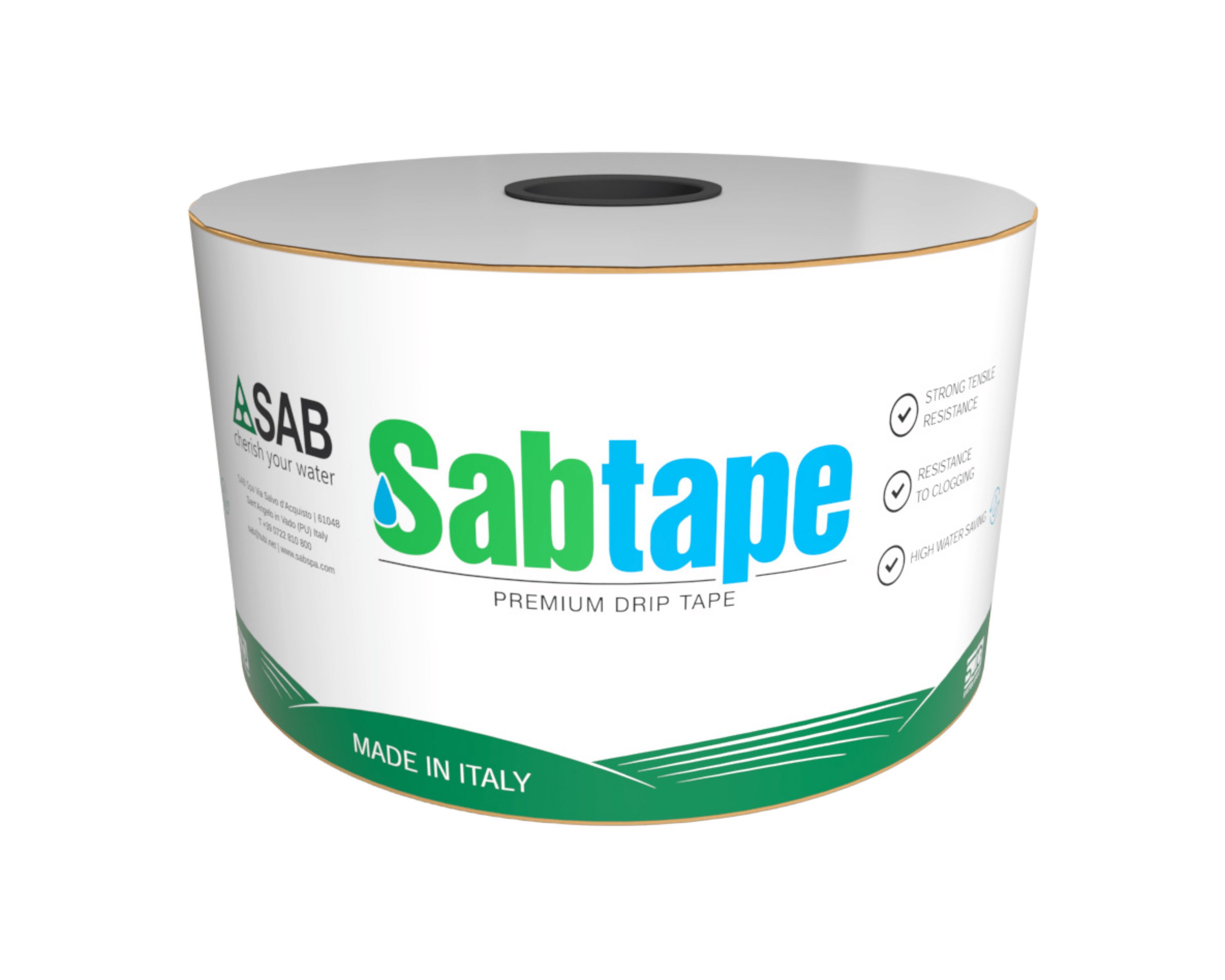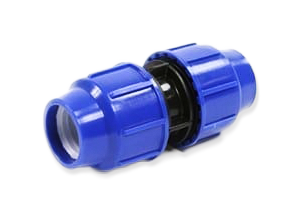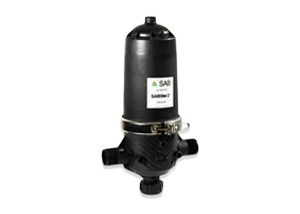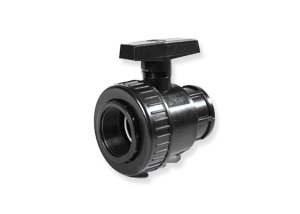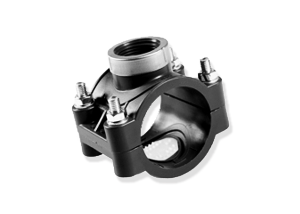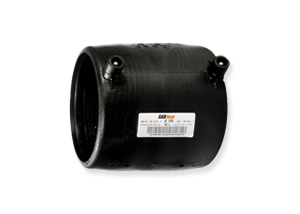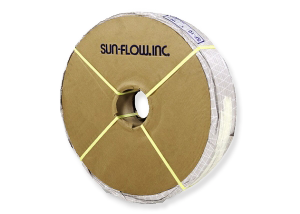Onion drip irrigation
The onion is the most widely cultivated species of the Allium variety and is used for cooking all over the world as a main ingredient in many dishes. In the last ten years, production has increased by 4% every year. The largest producer of onions is China with a commercial production of about 25 million tonnes, followed by India which produces 16 million tonnes. Italy has a production of about 400 000 tonnes.
Onion characteristics
The onion is usually a two-year herbaceous plant, but in the cultivation garden are grown as annuals, avoiding the formation of seeds.
Roots: usually superficial, roots are reaching 20-25 cm depth with a maximum of 40 cm.
Bulb: is the edible part of the onion, representing the enlargement of the basal part of the leaves.
Leaves: are alternate and grow around the ‘stem’, which is very short. The leaves are composed of two parts: sheath and a fleshy layer. The inner sheaths turn into fleshy scales, which is what we eat, while the outer leaves remain thin and different in colour. The dry scale and external leaves, on the other hand, expand outside the ground.
Flower Stem: 40 to 100 cm high, hollow inside ends in a leaf that protects the inflorescence and opens when the flowers grow. The stem tends not to be seen during cultivation phases because it grows in the second year of the plant’s life.
Flowers: are white, yellow or pink. Pollination takes place by insects carrying the pollen.
Fruits: three-lobed capsule bearing 2/3 black lobed seeds.
Onion requirements
Climate: Onion is quite resistant to cold but fears temperature excursions. It needs a few hours of light each day for good growth, so it is important to cultivate the plant in exposed soil.
Soil: It prefers ventilated and loose soils and is experiencing difficulties in clay soils. Soils must be well drained as onions suffer from waterlogging which leads to rot.
Soil preparation: this phase is essential for the plant to grow well. Refinement but not too deep tilling is required as the roots tend to be shallow. However, if we have poor drainage and very compact soil then we can also think about deeper tillage which allows aeration and improves drainage.

Onion varieties
Onions can be distinguished according to harvest time into autumn-winter and spring-summer onions.
Autumn-winter onions
These types of onions are sown in September and transplanted in November, they develop the bulb after the winter and can be harvested in late April – early May. Generally, the most common onions of this category should have good frost resistance and low light-hour requirements, and they develop roots in a short period of time.
Spring and summer onions
The onion varieties of this category are sown in summer and transplanted in autumn to be harvested during the following spring. Another distinction among the categories we can make is related to the end use; onions can be eaten fresh, i.e. just picked, and early varieties are generally used for this purpose. They can be stored, i.e. they are harvested at the end of the summer and stored until the following spring. Finally, they can be used industrially for oil and vinegar preserves (pickles), for which small white onion varieties are preferred.
Download our guide on zucchini drip irrigation
How to improve onion yield with drip irrigation
The onion is a crop that does not need much water. It is, important though to provide the right amount of water to prevent the soil from drying out and compacting. The phase in which onions are most sensitive to water stress is when the bulb is growing. It is therefore important to be able to dose the water. Drip irrigation is effective since it allows water to be dosed avoiding water excesses. Another advantage of drip irrigation is that it helps preventing waterlogging because the water emitted has low flow rates and is therefore completely absorbed.
Field test carried out by national horticultural reserch & development foundation in nashik – india
In this study we were also able to see the sustainability of drip irrigation as it uses much less water than flood irrigation, thus saving water and avoiding a disproportionate use of it.
These data demonstrate how much more efficient the use of water is with drip irrigation. In Rabi there is an efficiency of about 600 kg/ha cm compared to 350 kg/ha cm for flood irrigation, while in Kharif there is an efficiency with drip irrigation of about 450 kg/ha cm compared to 280 kg/ha cm for flood irrigation. In many countries around the world that suffer from periods of severe drought and have restrictions on the use of water, this can affect crop production and yields, but with drip irrigation it is possible to maintain consistent yields using less water.
119% yield increase compared to furrow irrigation systems
Yield increase was possible to achieve thanks to drip irrigation which was used and compared with a furrow irrigation system during a study conducted in two different locations in Texas in the years 2012-2013 in Los Ebanos and 2013-2014 in the Weslaco research station. Drip irrigation has particularly affected the yield of onions, especially large ones. Furthermore, drip irrigation more than doubled the yield by increasing the size of the onion. The drip system had a 119% higher yield than the furrow system in Los Ebanos.

Download our guide on zucchini drip irrigation
The Drip Irrigation products
- RioFlex – Polyethylene layflat hosePamela Pascucci2023-03-07T08:55:40+01:00
RioFlex – Polyethylene layflat hose
- Blueseal16 – made in Italy best compression fittingsmcgroup2023-05-09T16:44:53+02:00
Blueseal16 – made in Italy best compression fittings








